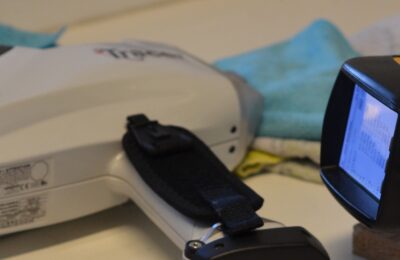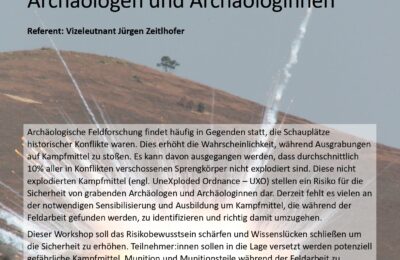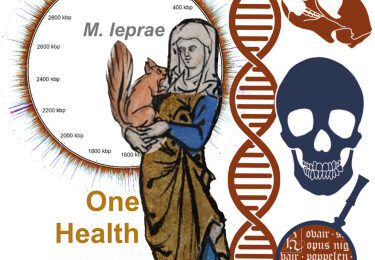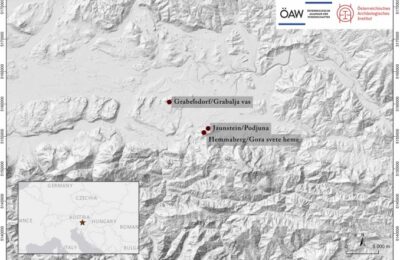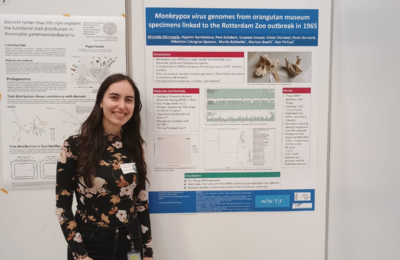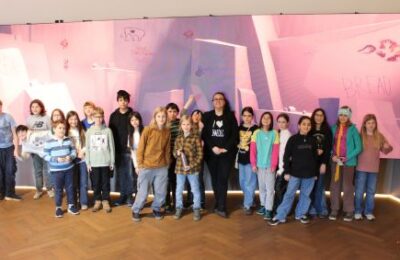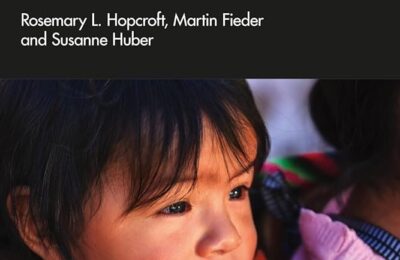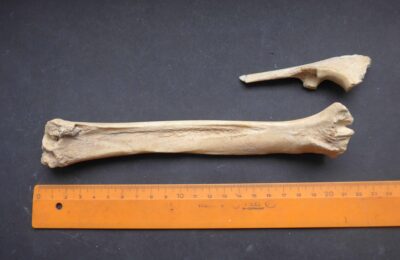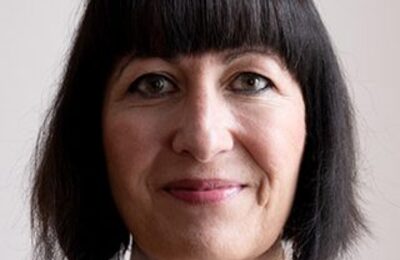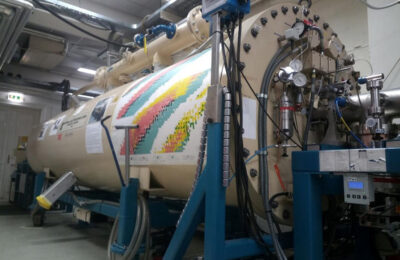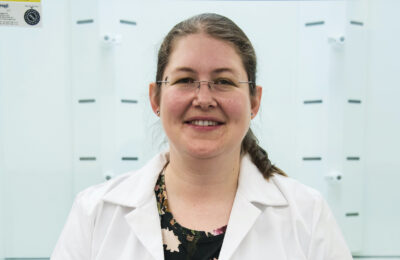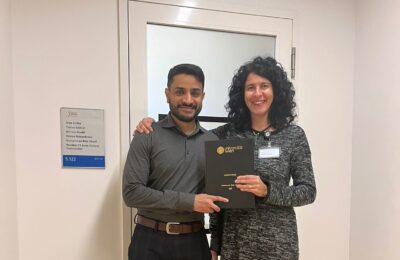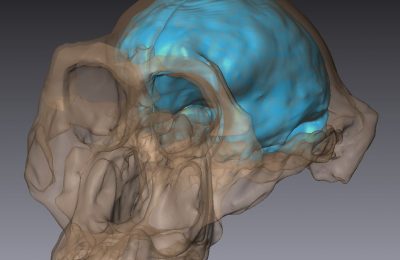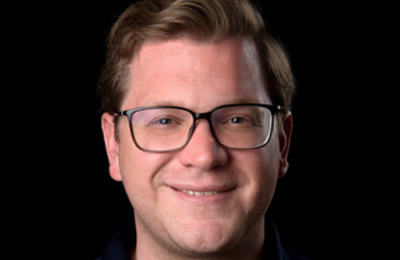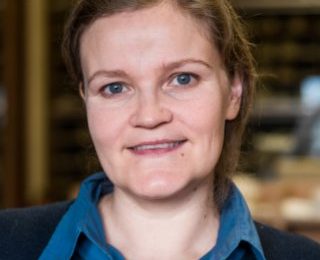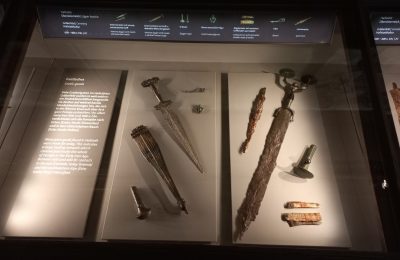Call for Paper for p-XRF conference – deadline on 7th of June
The Call for Papers for the upcoming conference on Methodological Innovations in p-XRF Studies, hosted by the Vienna Institute for Archaeological Science (VIAS) and sponsored by HEAS, closes in just a couple of days on the 7th of June! The conference will provide a platform for presenting cutting-edge methods and strategies for p-XRF data acquisition, processing, and interpretation. We invite 20-minute presentations from all fields utilizing p-XRF, with a focus on practical and software innovations, handling techniques, and new applications across diverse materials. Key details: Abstract Submission Deadline: June 7th, 2024 (max. 250 words) Conference Registration Deadline: August 11th, 2024 Conference Date: September 24th, 2024 Ice-breaker Event: September 23rd, 2024 Location: VIAS and NHM Conference Proceedings: Will be published Participation: Free of charge For more information, please refer to the Conference_pXRF_CfP or visit the conference website: https://vias.univie.ac.at/projekte/conference-methodological-innovations-in-p-xrf-studies/ This conference is being organised by HEAS Member Michaela Schauer
